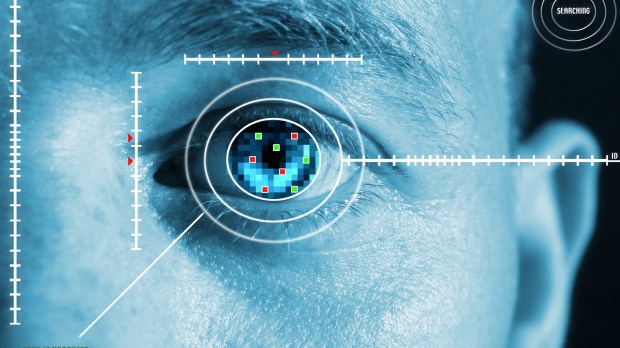Did you know the brain recalls and processes the human face using a whole different center from the one it uses for literally every other object it encounters? I learned this when I was 16, at the same time discovering that the facial-processing center of my brain doesn’t work. I have a condition called prosopagnosia, otherwise known as face-blindness.
It turns out that those two brain centers actually work very differently. The non-facial category adds up the details and characteristics to form a memory. The facial center, though, sees those details not as separate parts, but as a coherent whole.
Brains like mine see just the details — “green eyes, small nose, thin lips, and round facial structure.” You see those too, but you see them as one unified thing: a human face. I can’t synthesize the parts into one entity. It blew my mind when I was told that most people can “see” a face in their mind’s eye.
More to read: Childhood is an odd thing, but there’s something to be learned from it
I compensate by using what I have—the broader recognition center of my brain—to recognize people. I identify characteristics: “a beard, tall and thin, bad posture” as clues. If something changes, if you get an unexpected haircut or I run into you where I wasn’t expecting to see you, I’m in trouble. I try not to remember the time I loudly greeted an uncle as my father-in-law, since they have similar hair, and I saw the one in the other’s house. There is just no recovering from that. You have to go find a rock to crawl under.
Well, recognizing a disorder can highlight a system we don’t usually examine. As I was thinking of my own face-blindness, it struck me that it’s very telling that the physical brain sees people so differently from the rest of the world. What the brain does automatically (in most cases), the soul should also be choosing. We ought to approach the human person quite differently from the rest of the world.
The brain sees a fundamental distinction between an apple pie and a person. The first is merely a composite of sensory characteristics. The brain sees a brown, warm, sweet, circular thing, and calls it a pie. In the case of the person, the brain registers the characteristics, but sees them as a gestalt, something made up of parts, yet greater than them. It doesn’t see a face as an eyes-plus-nose-plus-mouth; it sees the face as a face that has those characteristics. It’s a subtle distinction, but a very important one, and the human face is the only thing the brain treats this way.
At first, I was surprised. “Would you look at that! The brain is doing mechanically exactly what I’m supposed to be choosing with my will!” But it shouldn’t be surprising at all. The person in front of us is indeed more than the sum of his parts, for he is subject, not an object. The brain sees him differently for the same reason that the soul should. The person fundamentally is different from every other object, and it is fitting that he be perceived differently.
More to read: How beeswax candles opened up my eyes to the beauty of the Mass
It isn’t a coincidence to find the same motifs in the physical world that we are familiar with from the spiritual. The source of both is the Creator, and His mark is on everything.
So built into our physical body, and expressed in its normal functioning, is a perfect image of exactly what we ought to be choosing with our wills. The brain itself, by a process so deeply a part of us that we don’t even notice it’s there, is always reminding us what we know by revelation as well: that the human person is in a whole other category than the rest of the world.
Though the objects around us are simply what they appear to be, the person is not just the sum of his parts. He is something greater.
More to read: Video: These Birds On A Wire Make Classical Music

